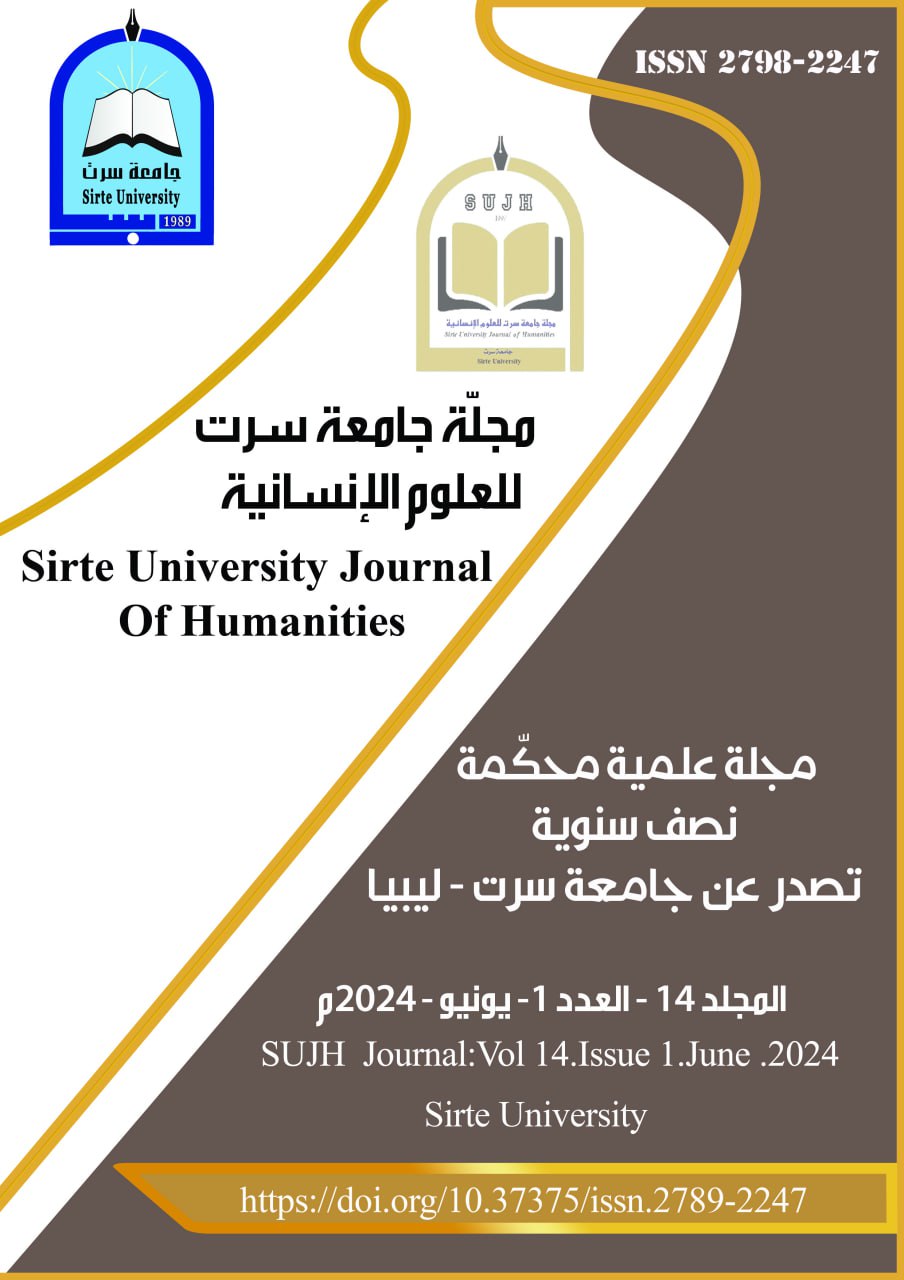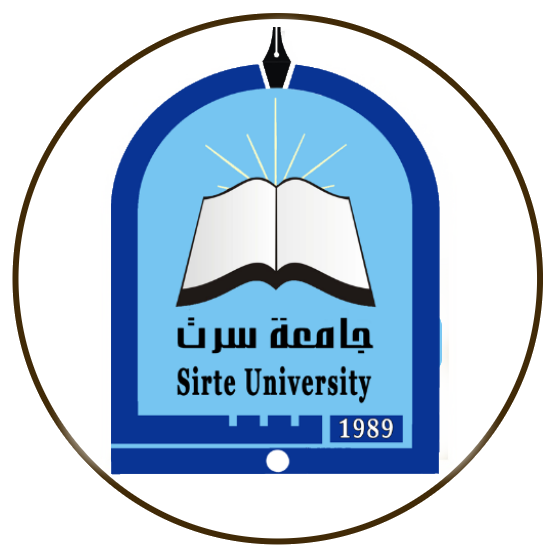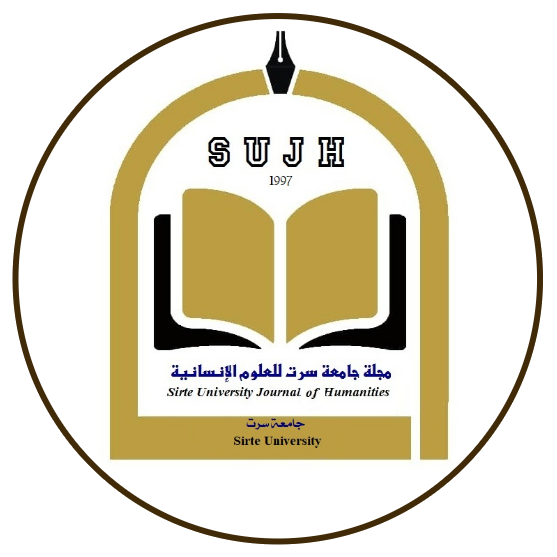Multimodality Approach in Translation Training: The Use of the Three audiovisual (AV) Modes (Standard, Bimodal and no-subtitling) in Interpretation Teaching for EFL classroom
DOI:
https://doi.org/10.37375/sujh.v14i1.2792Keywords:
Audiovisual Translation AVT, Bimodal, Standard, Multimodality, Vocabulary acquisitionAbstract
This paper explores the effect of different subtitling modes (standard, bimodal, and non-subtitled) on second language (L2) learners' incidental vocabulary acquisition. This study uses a quantitative and quantitative approach and involved 33 EFL majoring in translate, who have been exposed to translation instruction at least for two years. Participants were randomly assigned to one of three experimental conditions: Standard subtitles, Bimodal subtitles, or Non-subtitles. They watch a 20-minute clip from the animated film, “Big Hero 6,” and then complete three posttests assessing their vocabulary acquisition: a word form recognition, a multiple choice, and a meaning by translation test, each test contained 15 items, with 1 point awarded for each correct answer. The participants were given 60 minutes to complete all three tests, with 20 minutes allocated for each test. The study compared the performance of participants across the three experimental condition, then calculated the mean or average scores for each posttest under the different subtitling conditions. The findings indicate that bimodal subtitling, which combines visual and auditory elements in the same language, gives the highest scores in recognizing word forms. Standard subtitling, which displays the meanings of vocabulary in Arabic on the screen, also shows a commendable level of performance in vocabulary recall. In contrast, the no-subtitling condition leads to the lowest scores, which indicates the importance of translation in enhancing comprehension and vocabulary acquisition.
References
References
-Allan, Margaret. (1985). Teaching English with video: Vol. Longman handbooks for language teachers. Longman.
- Baltova, I. (1999). Multisensory language teaching in a multidimensionalcurriculum: The use of authentic bimodal video in core French. Canadian Modern Language Review, 56(1), 32-48. doi: 10.3138/cmlr.56.1.31
- Bravo, C. (2008). Putting the reader in the picture: screen translation and foreign-language learning [Doctoral thesis, Universitat Rovira i Virgili]. Retrieved from
http://www.tesisenred.net/handle/10803/8771.
- Caimi, A. (2015). Introduction. In Y. Gambier, A. Caimi & C. Mariotti (Eds.), Subtitles and language learning (9-18), Peter Lang.
- Cary, E. (1969). La traduction totale. Babel, 6(3), 110-115.
- Chaume, F. (2004). Film Studies and Translation Studies: Two Disciplines at Stake in Audiovisual Translation. Meta, 49(1), 12-24.
Claire Clivaz and Martial Sankar (2016). Multimodal Literacies. Version 1.0.0. DARIAH Teach. [Training module]. https://teach.dariah.eu/course/view.php?id=24§ion=0
- Díaz Cintas, J. (2003). Teoría y práctica de la subtitulación inglés - español. Barcelona: Ariel.
-Díaz Cintas, J., & Remael, A. (2007). Audiovisual translation: Subtitling. Manchester: St. Jerome Pub.
- d'Ydewalle, G., & Pavakanun, U. (1997). Could enjoying a movie lead to language acquisition. In P. Winterhoff-Spurk & T.H.A. van der Voort (Eds.), New horizons in media psychology: Research cooperation and projects in Europe 145-155. Opladen, Germany: Westdeutscher Verlag.
- d' Ydewalle, G., Praet, C., Verfaillie, K., & van Rensbergen, J. (1991). Watching subtitled television: Automatic reading behavior. Communication Research, 18, 650-666.
- Etemadi, A. (2012). Effect of Bimodal Subtitling of English Movie on Content Comprehension and Vocabulary Recognition. International Journal of English Linguistics, 2(1), February 2012.
- Guichon, N. & McLornan, S. (2008). The effects of multimodality on L2 learners: Implications for CALL resource design. System, 36(1), 85-93.
- Jaber, R. & Dollar, Y. (2019). A meta-analysis of the effect of bimodal subtitling on vocabulary learning among adult EFL learners. Focus on ELT Journal (FELT), 1(1), 43-52. https://doi.org/10.14744/felt.2019.00001.(2019)
- Jewitt, C., Bezemer, J., & O'Halloran, K. (2016). Introducing multimodality (1st ed.). Routledge. https://doi.org/10.4324/9781315638027
- Karamitroglou, F. (2000). Towards a Methodology for the Investigation of Norms in Audiovisual Translation: The Choice Between Subtitling and Revoicing in Greece. Amsterdam and Atlanta: Rodopi.
- Karimah, H. (2019). The use of standard and bimodal subtitles to facilitate students; vocabulary development [UnPublished Doctoral thesis].
- Kelly, L. (1979). The True Interpreter: A History of Translation Theory and Practice in the West. Oxford: Blackwell.
Lertola, J. (2013). Subtitling new media: Audiovisual translation and second language vocabulary acquisition [Doctoral thesis, University of Galway].
- Li, B. (2020). Language Quest. Journal of the School of Chinese Language and Literature of Nanjing Normal University, (4), 189.
- Lohani, S. (2019). The history of multimodal composition, its implementation, and
challenges. The Criterion: An International Journal in English,10 (1), 118-130.
- Nunan, D. (2004). Task-based language teaching: A comprehensively revised edition of designing tasks for the communicative classroom. United Kingdom, Cambridge, Cambridge University Press.
- O'Connell, E. (2007). Screen Translation. In P. Kuhiwczak & K. Littau (Eds.), A Companion to Translation Studies 120-133. Clevedon: Multilingual Matters.
- Pérez González, L. (2009). Audiovisual Translation. In M. Baker Gamp, & Saldanha (Eds.), Routledge Encyclopedia of Translation Studies 13-20. London and New York: Routledge: Peter Lang.
- Quirk, T. (2012). Writers should not fear jargon. Nature, 487, 407. doi: 10.1038/487407a.
- Read, J. (2004). Research in teaching vocabulary. Annual Review of Applied Linguistics, 24, 146-161.
- Seidlhofer, B. (2003). A concept of International English and related issues: From;Real English; to;Realistic English. Council of Europe. Strasbourg.
- Serafini, F. (2014). Reading the visual: An introduction to teaching multimodal literacy. Teachers College Press.
- Talaván, N. (2010). Subtitling as a task and subtitles as support: Pedagogical applications. In J. Díaz Cintas, A. Matamala, & J. Neves (Eds.), New insights into audiovisual translation and media accessibility 285-299. Rodopi.
- Tschirner, E. (2001). Language acquisition in the classroom: The role of digital video. Computer Assisted Language Learning, 14(3–4), 305–319.
- Zabalbeascoa, P. (1997). Dubbing and the nonverbal dimension of translation. In Poyatos Nonverbal Communication and Translation (Ed.), 327-342. DOI:10.1075/btl.17.26zab.
- Zarei, A. (2009). The effect of bimodal, standard, and reversed subtitling on L2 vocabulary recognition and recall. Pazhuhesh-e Zabanha-ye Khareji, 49, 65-84.
- Waring, R., & Takaki, M. (2001). At what rate do learners learn and retain new vocabulary from reading a graded reader? Reading in a Foreign Language, 15(2), 130-163.
- Grignon, P. M. Lavaur, J & Blanc, N. (2005). The effect of subtitles on film understanding. Retrieved (2010) from: http://www.google.com/search?hl=en+q=the+effect+of+subtitles+on+film+understnding+b+nG=google+search
- Koolstra, C. M., & Beentjes, W. (1999). Children's vocabulary acquisition in a foreign language through watching subtitled television programs at home. Journal of Psycholinguistic Research, 47, 52-60.











